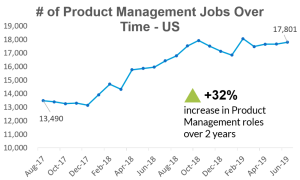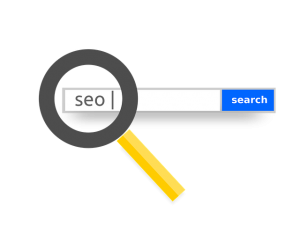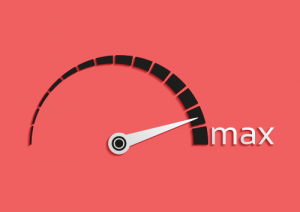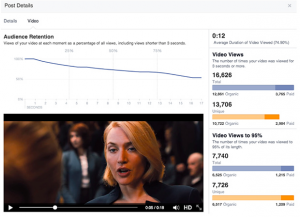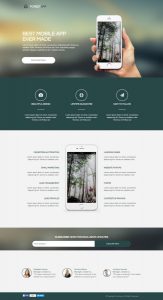For many people, work was redefined in 2021. Whether employees navigated a remote work environment for the first time or managed new tools associated with accelerated digitalization, the way work was accomplished – and what even constitutes work – looks different than it did a year ago, and it will continue to evolve in the year ahead.
As a result, leaders are struggling to understand their team’s new work patterns and to assess productivity in light of these changes. Of course, leaders can find stats and studies to satiate their viewpoints and harden their perspectives on post-pandemic productivity trends. For instance, some studies have found that productivity remained robust among remote workers, while other metrics indicate that engagement and output diminish in a hybrid setting.
That’s why business leaders should understand how hybrid work impacts their organization to set attainable and achievable goals that employees and teams can strive to attain. As we reach the home stretch of this unique year, here are five productivity goals for leaders looking to optimize and improve productivity in 2021 and beyond.
#1 Measured
In the past, many leaders evaluated productivity by stepping out of their offices, engaging with employees, and monitoring their in-person activity to ensure that work gets done. However, in a digital-first, hybrid environment, that process necessarily looks different.
Today, leaders can measure worker productivity using employee monitoring software that collects data on their digital activities, providing managers with unprecedented insights into their employees’ day-to-day productivity. More than three-quarters of businesses adopted this software during the pandemic, reflecting the immense need for productivity analytics. As leaders begin establishing productivity benchmarks for the year ahead, employee monitoring software can help leaders ensure regular and sufficient progress toward those goals.
#2 Outcome-oriented
Employee monitoring software is increasingly ubiquitous, capable of collecting data on a myriad of employee activities. Since what gets measured and valued often gets accomplished, businesses need to be intentional about what they measure. In other words, don’t just track and assess time and activity. Measure outcomes and results when determining productivity levels.
Employee monitoring software can help identify and differentiate productive work from busy work and other tasks; however, it can’t assess the quality of that work or its impact on organizational objectives. Therefore, productivity goals should be outcome-oriented so that leaders can evaluate both what employees accomplish and how that work is achieved.
#3 Sustainable
After a pandemic year, many employees are burned out and exhausted. According to one survey, 77 percent of respondents indicate that they have experienced burnout at their current job, and workers are managing physical, mental, and emotional trauma brought on by the events of the past year.
At the same time, many people are working more hours than ever before while eradicating the already fragile work-life balance that’s foundational to flourishing organizations. As a result, conversations about employee productivity should prioritize sustainability, ensuring that new standards and aspirations don’t erode employee well-being.
#4 Collaborative
The past year introduced a deluge of new digital tools that foster communication and collaboration for hybrid teams. Even so, a McKinsey & Company survey found that many employees fear that “remote work will reduce community and collaboration between colleagues.”
When planning productivity benchmarks, consider developing collaborative goals that can produce chance encounters and collective action that generate positive organizational outcomes. Mindful leaders can harness their other productivity efforts, like employee monitoring, to support these efforts. For example, Microsoft evaluated data from its newly remote workers to optimize meeting times, enhancing their effectiveness and inspiring collaborative efforts within the company.
While the plans and processes will be unique for each organization, productivity and collaboration go hand-in-hand, and it will be difficult to enhance one without improving the other.
#5 Empowered
Productivity assessments should empower employees with actionable insights that improve performance, enhance individual and collective capacity, and reduce stress.
Managers and team leads can evaluate employee monitoring data to assess the time spent on individual tasks when coaching employees or teams to adapt productivity best practices at a critical time.
In other words, improving productivity shouldn’t be a dangerous or demoralizing concept. Rather, it’s an opportunity for teams to assess their existing priorities, workflows, and outcomes to identify opportunities to make work a better, more effective experience for everyone.
Business & Finance Articles on Business 2 Community
(43)
